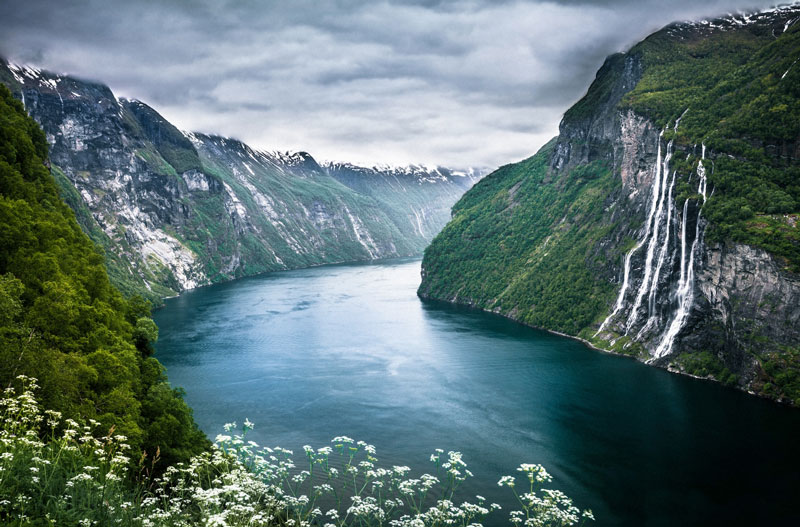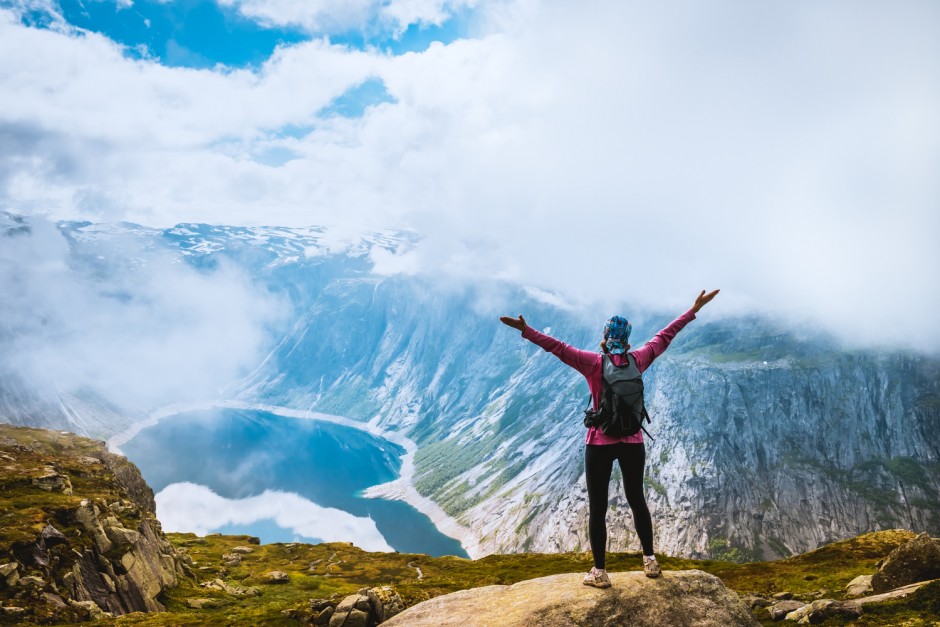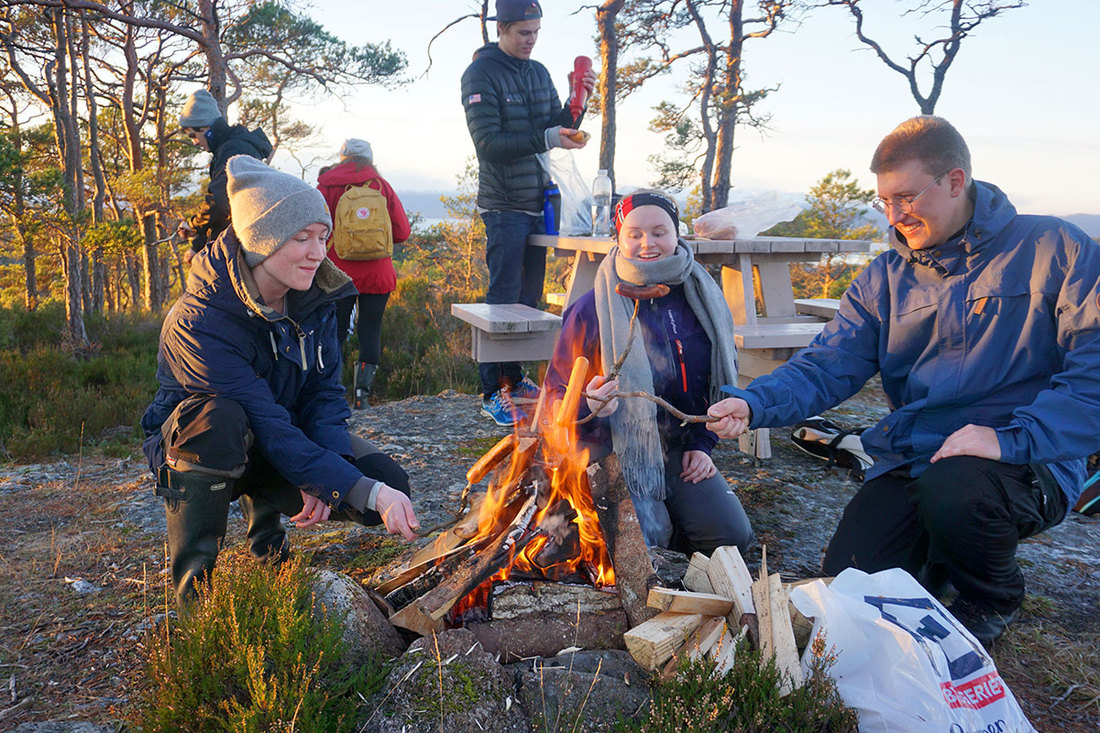Like a lot of Americans, the Danish approach to life called “hygge” got our attention. The word itself made the Oxford Dictionary’s list of most influential words of 2016, that’s how popular it was. Suddenly it seemed like everyone was interested in lighting candles and gathering around a cozy fire. Hygge is as central to Danish culture as flamenco dancing and tapas are to Spain, and teatime is to England.
But it’s not the only lifestyle trend hitting America from Scandinavia. Suddenly there seems to be a wave of books and articles about the latest trend. Every country has its own version of “the good life.” It was one from Norway that got our attention. It’s called “friluftsliv,” translated as “free air life” or “open air living.”
The funny part is that it’s not new at all. It is a concept that comes from the image many Scandinavian people have of themselves as a nature loving people. Scandinavian countries including Norway are not heavily populated. It’s not difficult at all even for people who live in urban areas to have access to nature for recreation.

Scandinavian people were among the first to be concerned about human development encroaching on nature.
Scandinavians were concerned in the 18th century about industrialization and cities growing too fast. A “back to nature” movement was born, and the concept of “friluftsliv” was meant to encourage people to reconnect with nature and old Scandinavian outdoor traditions like hunting, fishing, and farming. The goal was to encourage good health through outdoor activities like skiing, hiking, and other nature experiences to help people better cope with the urban and industrial development taking place.
In the 1920s, the famous Scandinavian explorer Fritjof Nansen talked about friluftsliv as the ability to co-operate with nature’s powers and the job of being in nature. He felt nature was the true home of human beings, and friluftsliv showed “the way back home.”
Learn more about friluftsliv in this video:
Finding Friluftsliv // a documentary from Charlotte Workman on Vimeo.
Think about it – people in Norway were worried 200 years ago about losing touch with nature! Americans are just now recognizing the dangers of losing our natural connection with nature by cutting ourselves off from daily exposure to plants, trees, sunshine, and fresh air.
Norwegians believe we should move from a techno-life back to an eco-life, learning how to relate to nature through direct experience. When we do, we can live a lifestyle centered on the joy and appreciation of nature.
It took us a little longer in America to put a name to this idea. We call it biophilia, our innate tendency as human beings to seek a connection with nature. When we embrace nature in our everyday lives through biophilic design, we can reduce stress, allow our creative thinking to flourish, and improve our well being. It can be as simple as letting natural light into our workplaces, using more natural materials and colors, and adding indoor plants.
I get it. People want to sell books – and a lot of other stuff. But the truth is, improving your life doesn’t depend on some lifestyle trend. A simple hike, bike ride, or even a walk through the trees as part of your regular routine will go a long way. Try to encourage less screen time and more green time. Encourage your kids to put down the iPhones – and why not lead by your own example? Summer is the perfect time to send your kids to play outside and develop their own relationship with nature. Plant a vegetable garden. Put up a hummingbird feeder. Watch a sunset over the Pacific Ocean. Lie in the grass and look up at the clouds. Do kids even do this anymore?
The next time someone tries to tell you about a bestselling book about a “new” lifestyle trend from Scandinavia, tell him or her to go get “Pantsdrunk.” Look it up.


